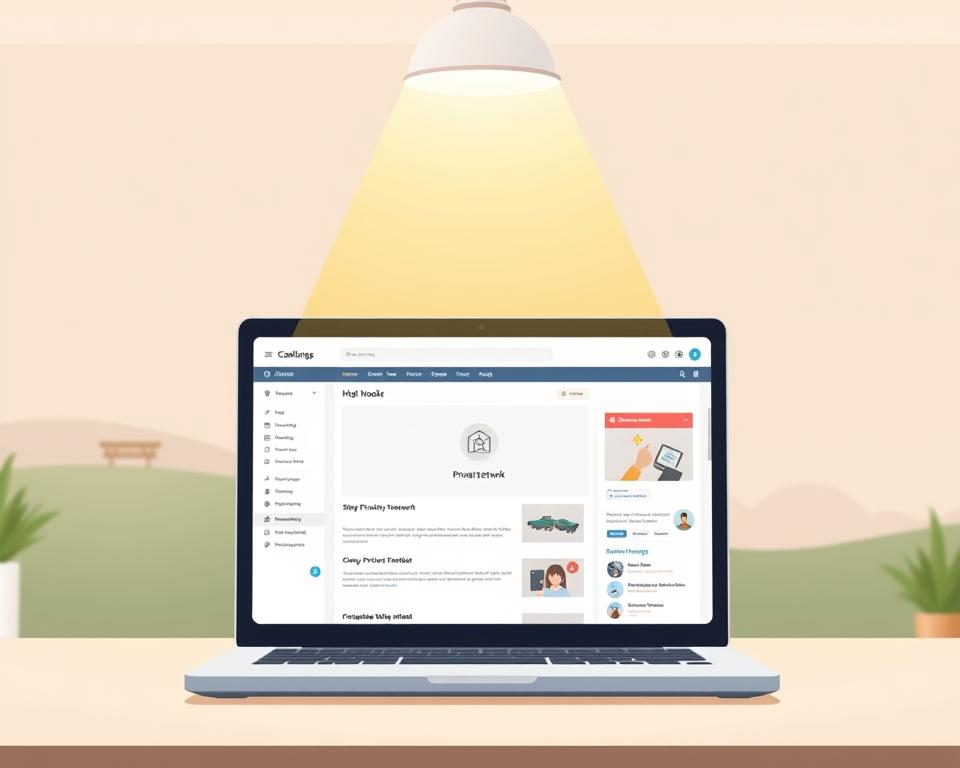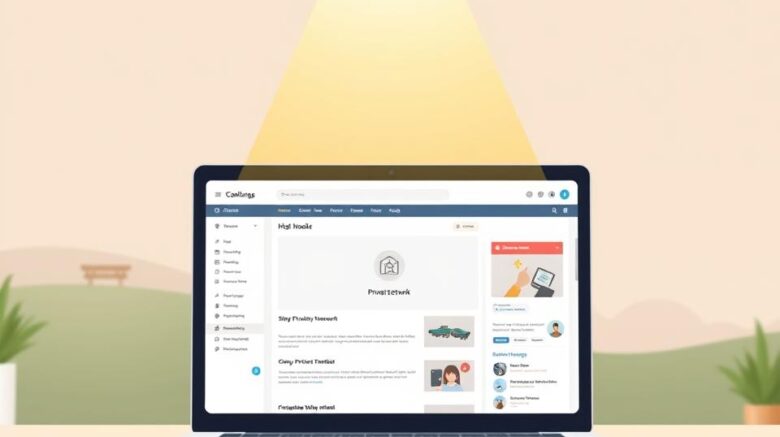Getting to Know Private Blog Network Backlinks
Did you realize almost 60% of SEO experts have employed PBN links? A PBN’s main draw lies in how it can elevate a domain’s credibility. That often translates into higher SERP positions. Yet, what truly defines a Private Blog Network in the SEO world? Although it appears to offer rapid ranking gains, PBN services carry substantial dangers. Those dangers include harsh Google penalties. We’ll unpack what post a blog are and why so many SEOs can’t resist them.
PBN Explained
A private blog network, or PBN, is a group of websites built to create pbn backlinks for a main site. It works by sending SEO value via backlinks from secondary sites to your core site. Many PBNs use expired domains, which retain some authority, to create a credible facade for search engines like Google.
What drives a PBN is simple. Marketers employ them to amplify their digital footprint. They achieve this through:
- Securing high-value links that elevate SERP standings.
- Controlling the quality and relevance of these backlinks.
- Fostering a web of sites that exchange links in a natural-looking manner.

Mechanics of PBN Backlinks
The tactic hinges on crafting backlinks that look legitimately earned. By funneling link juice from a PBN site, you trick search engines into boosting your site’s authority.
The process involves carefully chosen keywords and domains within a network of blogs. While this method can quickly improve rankings, it poses significant risks.
Backlinks should be cloaked within credible, value-driven articles to avoid detection.
Why SEOs Love PBNs
The chief allure of PBNs lies in their backlink control. You gain tight oversight of each link’s placement and anchor text.
Leveraging aged domains with residual trust is a PBN hallmark.
They empower you to weave keyword-optimized anchors across your network.
Hazards of Using PBNs
Yet, these tactics are fraught with peril. Google’s crackdown makes PBN usage a high-stakes gamble.
Why PBNs Still Tempt SEOs
Conventional outreach can be slow and uncertain. PBNs offer a unique advantage: a sense of control over backlink strategies.
How to Run a PBN Safely
Safeguard your network by following these protocols. Begin with thorough due diligence when purchasing expired domains.
Spotting PBN Links
Regular backlink audits help unearth PBN footprints.
| Indicators of PBN Links | Description |
|---|---|
| Low-Quality Domains | Links from domains with poor authority or less than optimal rankings. |
| Irrelevant Content | Links embedded in content that does not match your site’s niche. |
| Suspicious Anchor Text | Repetitive or irrelevant anchor text patterns. |
| Thematic Similarity | Lack of a coherent theme among linking pages and domains. |
How to Disavow Private Blog Network Links
- Identify harmful PBN backlinks through thorough analysis.
- Create a disavow file correctly, listing specific URLs or domains to disavow.
- Upload the disavow file to Google Search Console.
Ethical Link Building Alternatives
Exploring ethical link building strategies offers valuable alternatives to utilizing Private Blog Networks (PBNs). Guest blogging is a prominent option.
PBN Misconceptions
Many assume PBNs are risk-free quick fixes.
Where PBNs Are Headed
| Factor | PBNs | Future SEO Practices |
|---|---|---|
| Content Quality | Low emphasis on genuine content | High emphasis on high-quality, valuable content |
| Risk Factor | High risk of penalties | Lower risk with authentic practices |
| User Engagement | Limited engagement | Enhanced user interaction and loyalty |
| Sustainability | Unsustainable in the long term | Focus on sustainable growth |
Conclusion
Ultimately, PBN use can jeopardize your long-term SEO success.
